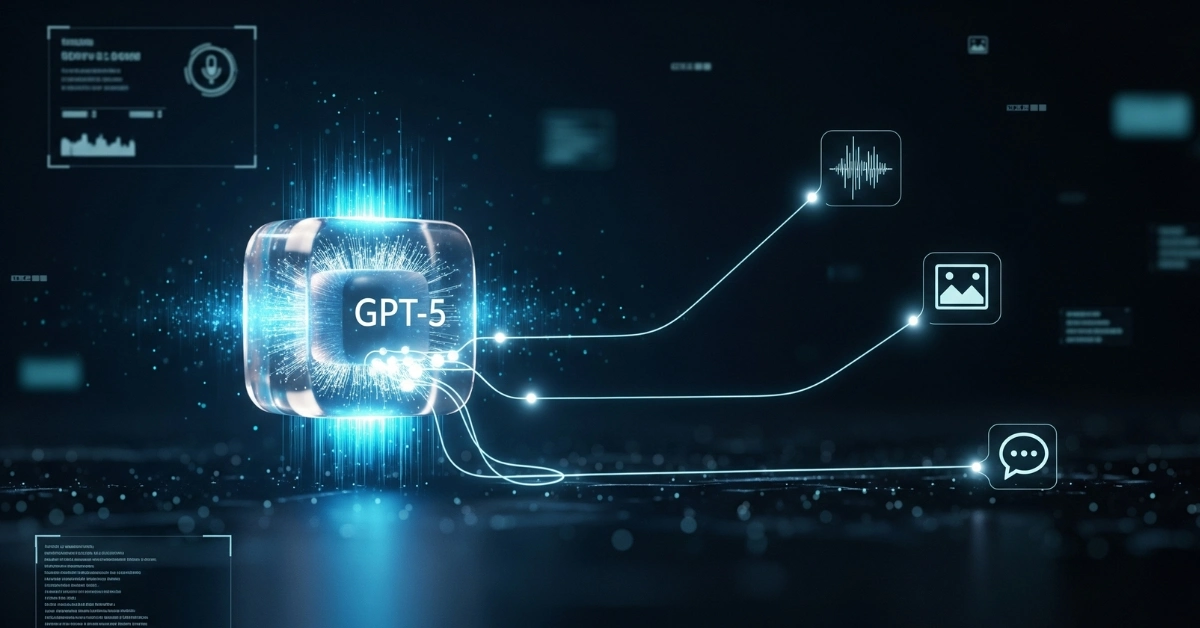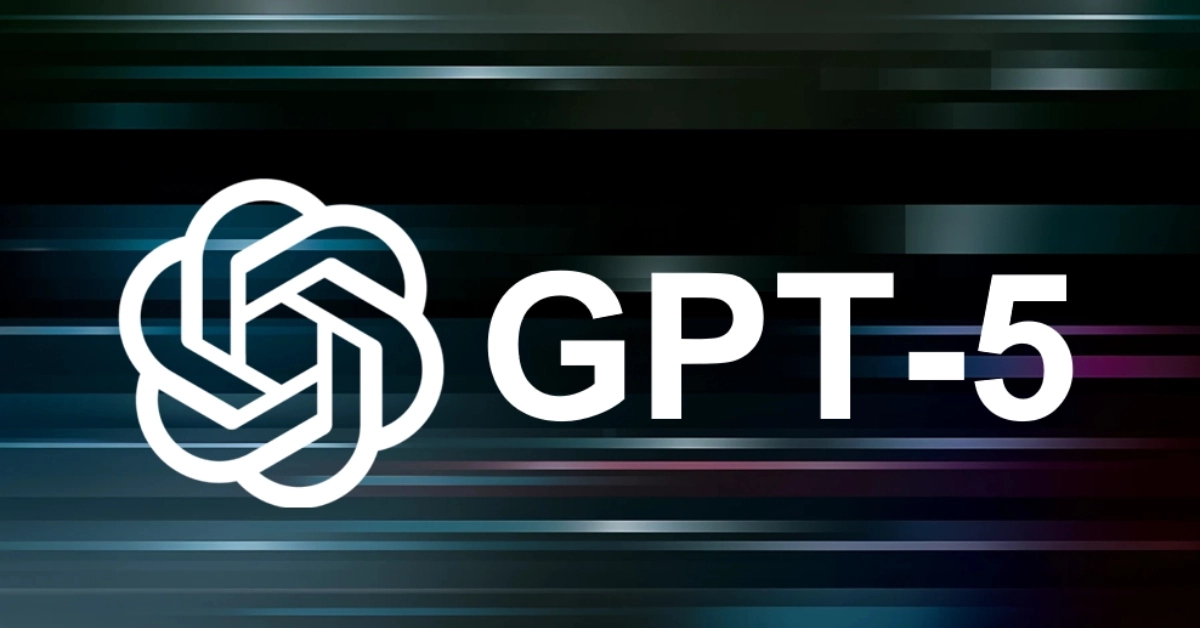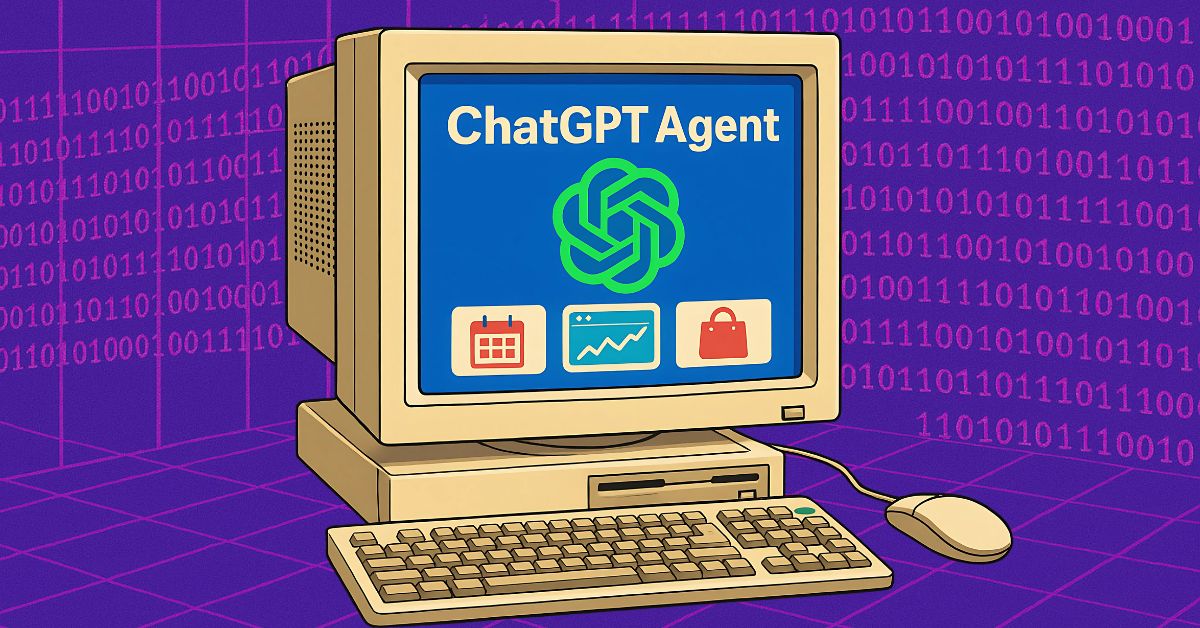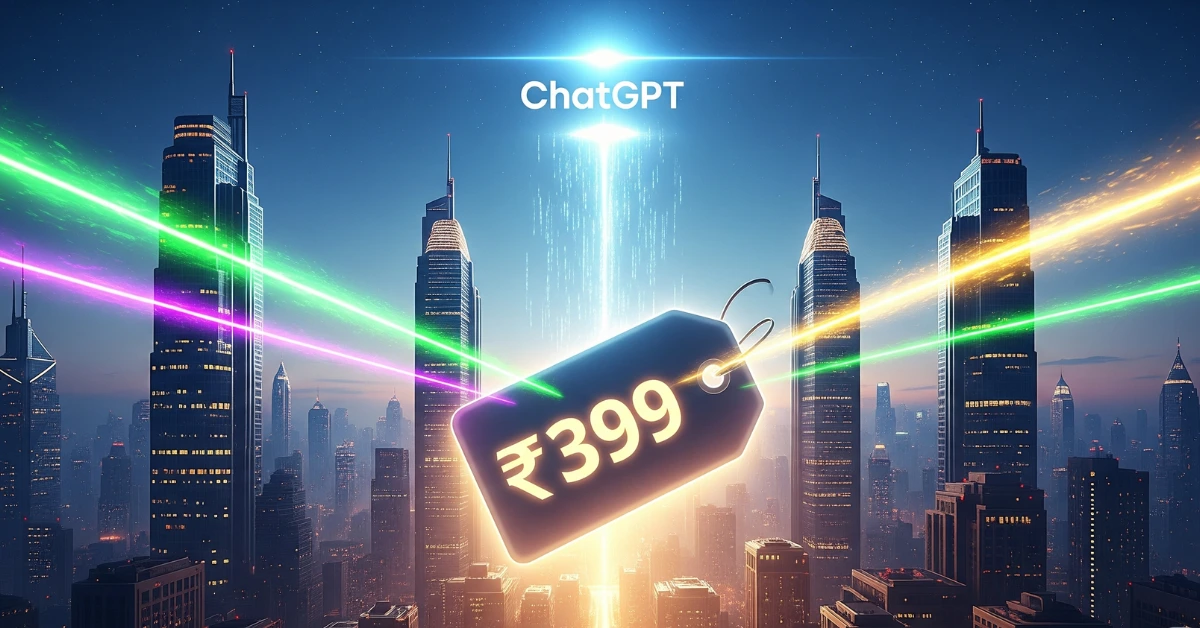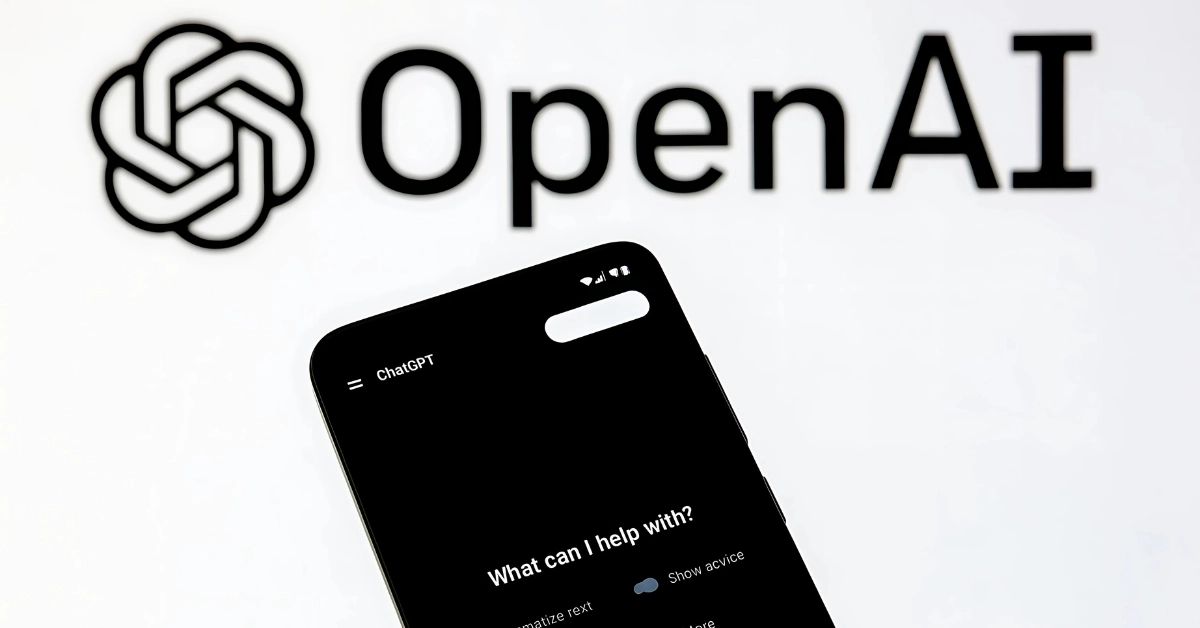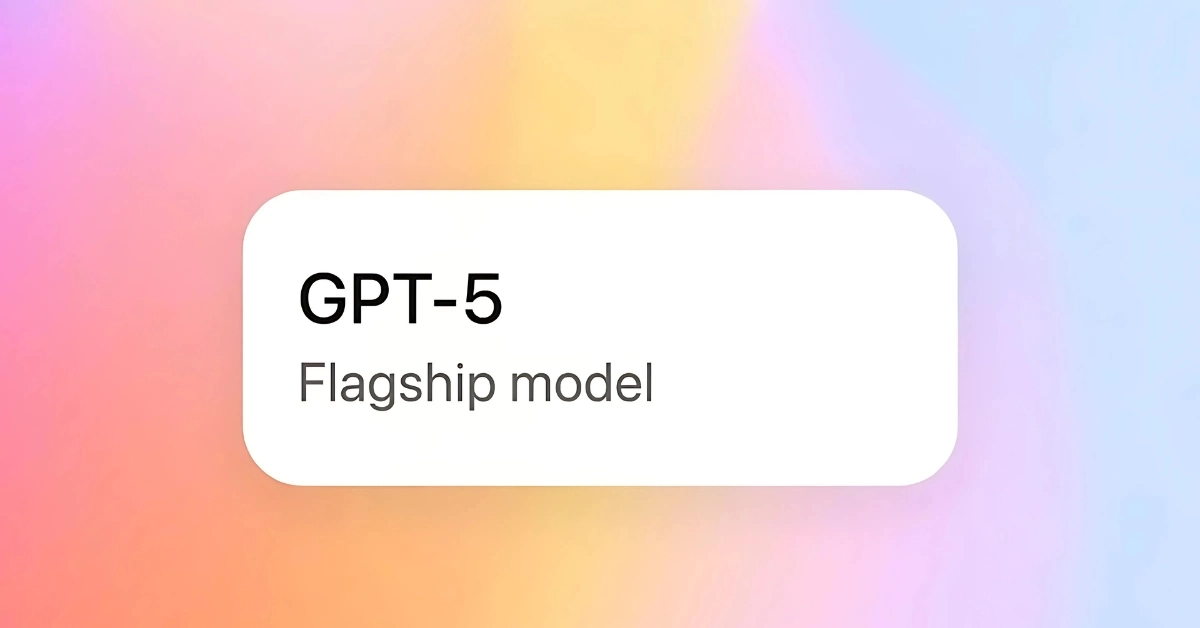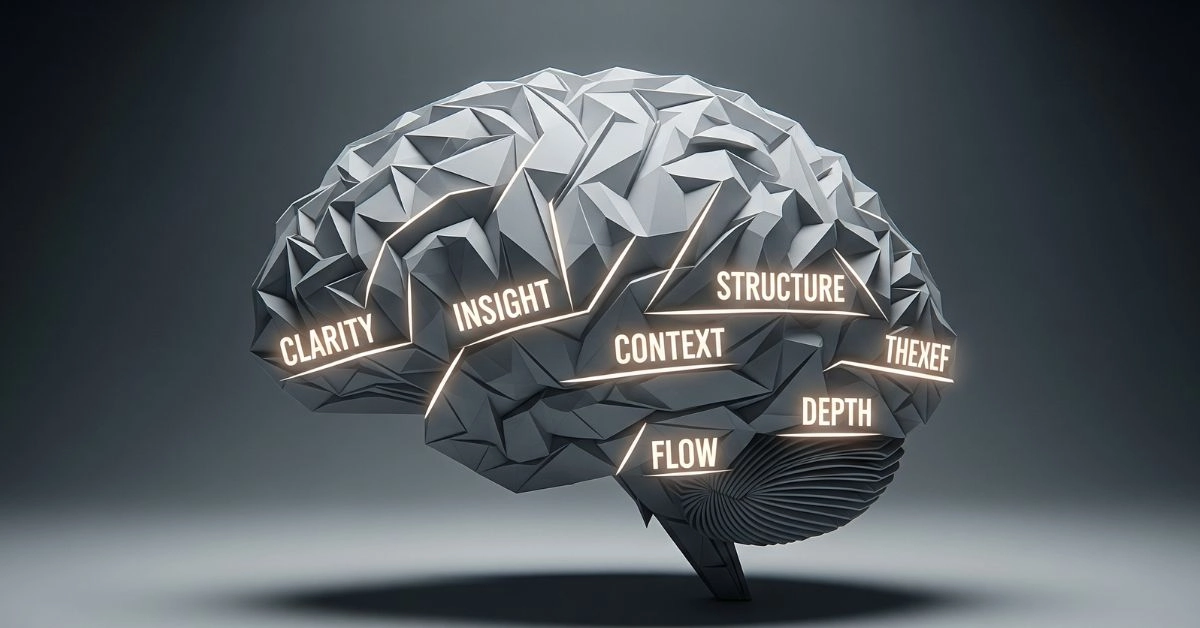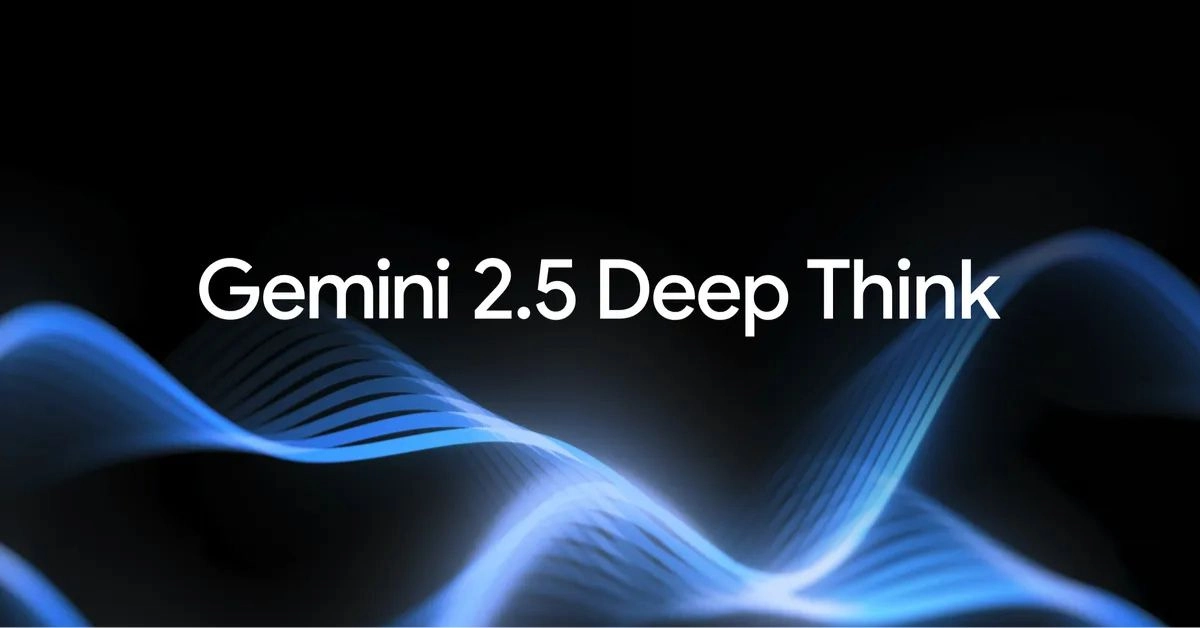It’s happening. Again.
OpenAI is gearing up to launch GPT-5. But this isn’t just another upgrade. It’s a shift in how AI works, and how we’ll use it every single day.
While the world is still wrapping its head around GPT-4, ChatGPT Agents, and the surprise drop of o3/o4-mini models, OpenAI has quietly been threading something even bigger behind the scenes.
GPT-5 isn’t just about smarter replies. It’s about merging intelligence and reasoning, and letting that run across voice, vision, text, and real-time interaction.
This isn’t just an update. It’s a strategic reset that could reshape how ChatGPT works for free users, power users, and developers alike.
So what’s really coming? How powerful will GPT-5 be? What does it change for those of us already using AI daily? Let’s break it all down.
A Quick Look at the Timeline: From GPT-4 to GPT-5
GPT-4 launched in March 2023, marking a leap in reasoning and image understanding. Then came GPT-4 Turbo in November, bringing faster performance, lower costs, and greater efficiency. Just as things were settling, OpenAI dropped GPT-4o in March 2024, blending voice, vision, and text into a seamless experience.
Still, behind the scenes, GPT-5 was always the goal.
In early 2024, Sam Altman hinted that GPT-5 was just a few months away. But then the focus shifted to the o-series — o3 and o4-mini — as OpenAI refined its reasoning models. By mid-2025, the hype returned. In July, Altman confirmed that GPT-5 was “releasing soon.” ZDNET followed with a report pointing to an early August launch, possibly alongside smaller nano and mini versions.
The roadmap has zigzagged, but the destination is clear. GPT-5 is now in the final stretch.
What GPT-5 Is Actually Made Of
GPT-5 isn’t just a faster or larger version of GPT-4. It’s a hybrid system, designed to merge two kinds of intelligence into one seamless experience.
Here’s what that means.
Over the past year, OpenAI has been working with two families of models. The first is the GPT series, known for handling general tasks, language fluency, and broad knowledge. The second is the o-series, optimized for reasoning and accuracy on complex problems.
Each has its downsides. GPT models are faster and cheaper, but less precise. The o-series models are smarter under pressure, but they take longer and cost more to run.
With GPT-5, OpenAI is blending the two systems. The model will automatically switch between the o-series and GPT-series depending on your task. It balances depth, speed, and cost in real time. You won’t need to pick the model. GPT-5 will handle everything behind the scenes.
In simple terms: You’ll get smarter answers when needed, and faster ones when you don’t. All without lifting a finger.
Multimodal, Multitasking, and Much More Personal
GPT-4o gave us a glimpse of true multimodality. You could speak to ChatGPT, get live image interpretations, and even interact through video input. GPT-5 takes that a step further.
This time, it’s not just about seeing or hearing. It’s about remembering, adapting, and even anticipating.
GPT-5 is expected to combine voice mode, canvas (drawing and spatial tools), deep search, and custom instructions into one cohesive experience. Free users may get unlimited access to the standard version. Plus subscribers will unlock a more advanced model. And Pro or enterprise users could get access to the full system, including real-time agentic interactions.
OpenAI also teased improvements in personalization. Think of a ChatGPT that remembers your calendar, understands your preferences, and adjusts its tone or depth based on how you like to work. Some of that has already rolled out in GPT-4’s memory feature. But GPT-5 is set to make it core to the experience.
This isn’t just a smarter chatbot. It’s a system that grows with you.
The Agent Behind the Curtain: Why GPT-5 Is All About Autonomy
At first glance, GPT-5 seems like just a smarter brain with better answers. But look closer, and it’s something more radical. It marks a quiet shift from chatbot to autonomous agent.
OpenAI’s latest move with ChatGPT Agents shows this in action. As we covered in our detailed India launch report, these agents can run full workflows on your behalf. They can book meetings, sort files, pull data from your apps, and execute tasks with minimal input.
GPT-5 pushes this idea even deeper. It doesn’t just wait for your prompt. It thinks ahead, selects the right tools, makes decisions, and takes multi-step actions. At this point, the boundary between model and assistant starts to disappear.
With agentic architecture baked into its design, GPT-5 could operate more like a digital teammate than a chatbot. You set the intention. It figures out the how.
And yes, this is already in motion. Agents are live. Early use cases are rolling out inside ChatGPT. GPT-5 brings a more cohesive, intelligent system to power and scale those agents further.
Long-Term Memory That Actually Works
One of the most underrated breakthroughs in GPT-5 might be its memory. Not just temporary context in a long chat, but something deeper. More persistent. More personal.
GPT-4 Turbo introduced memory. It could remember your name, preferences, even specific instructions from past chats. GPT-5 builds on that with smarter, more reliable memory that actually adapts to you.
It goes beyond remembering your favorite tone or tools. GPT-5 can track how you work, your writing style, your schedule, even your workflows. Over time, it begins to feel like a collaborator who knows your pace, your goals, and how you like to get things done.
Token context is also expected to grow. GPT-4 Turbo already gave us 128K tokens, which is enough for entire books or massive documents. GPT-5 could push that boundary, enabling deep, persistent memory across large-scale research, codebases, and multi-document tasks.
This isn’t just convenience. It’s the foundation for turning ChatGPT from a chatbot into a thinking partner. One that doesn’t forget what matters.
Smarter, Sharper, Faster: The Reasoning Upgrade
GPT-5 isn’t just a new model. It’s a fusion of two powerful systems: the classic GPT series and the newer o-series reasoning models like o3 and o4-mini.
So what does that mean? The o-series models are designed for deep thinking. They slow down, analyze problems step by step, and often get the complex stuff right. But they’re slower and cost more to run. The GPT models are quicker, cheaper, and built for general-purpose use.
GPT-5 is built to blend both. It can choose speed when that’s enough, and bring in deep reasoning when the problem calls for it. This dynamic balance creates a system that feels responsive when needed, and smart when it matters. Like flipping between a fast Google query and a detailed Stack Overflow thread — automatically.
So how does GPT‑5 compare to what’s come before — including GPT‑4, GPT‑4 Turbo (aka o3), and the new ChatGPT Agent? Here’s a quick breakdown that shows how each version evolved, what they offer, and where GPT‑5 takes things further.
Click to Compare GPT‑4, o3, ChatGPT Agent, and GPT‑5
| Feature | GPT‑4 | o3 / GPT‑4 Turbo | ChatGPT Agent | GPT‑5 (Expected) |
|---|---|---|---|---|
| Release Date | Mar 2023 | Nov 2023 / Mid 2025 (mini) | July 2025 | Expected Aug 2025 |
| Architecture | Transformer-based | Optimized GPT‑4 | Built on GPT‑4o | Likely Hybrid Routing |
| Context Length | 8k / 32k tokens | 128k tokens | Uses GPT‑4o context | 1M+ token support (rumored) |
| Multimodal | Text only | Vision, Audio, Text (GPT‑4o) | Yes, via tools | Native multimodal |
| Speed & Cost | Slower, expensive | Faster, cheaper | Async task execution | Expected faster than o3 |
| Memory | None | Limited (ChatGPT memory) | Short-term memory | Persistent long-term memory |
| Autonomous Tasking | No | No | Yes, multi-step | Native agent autonomy |
| Tool Use | Code Interpreter, Browser | Same tools | Full tool access (e.g. Gmail, Drive) | Modular + custom tools |
| Use Case | Prompt-based assistant | Optimized assistant | Agent-style task executor | Goal-based AI teammate |
| Model Access | API + ChatGPT | API + ChatGPT | ChatGPT interface | API + Pro tier (expected) |
| Security | Prompt injection risks | Improved limits | Permission systems | Safety audit + alignment focus |
Altman has said this model fusion is a key focus for GPT-5. And it’s not just about speed. It’s about making sure users get better answers without needing to worry which model is doing the work.
For the end user, that means fewer wrong answers, more thoughtful responses, and a model that seems to adapt to the complexity of your request automatically.
Will GPT-5 Finally Spark AGI?
Ever since Sam Altman dropped the phrase “generalized intelligence,” the speculation hasn’t stopped. Could GPT-5 be the moment AI finally crosses into artificial general intelligence?
Let’s clarify what that actually means.
AGI doesn’t just mean a smarter chatbot. It means an AI that can reason across domains, adapt to new problems, and keep learning on its own. No retraining required. In short, it thinks more like us.
Altman has made it clear that GPT-5 won’t be an IMO gold-level model. That’s a reference to one of OpenAI’s most advanced internal systems. So no, this won’t be the final leap into AGI. But it might still be the biggest step in that direction so far.
Smarter reasoning, longer memory, and deep customization are pushing GPT-5 closer to something goal-driven. With autonomous agents now live inside ChatGPT, taking action, using tools, and making decisions, the lines between large language models and AGI are starting to blur.
GPT-5 might not be AGI. But it could be the first time it feels like we’re working with something that almost is.
How Will GPT-5 Be Priced?
Pricing is where the real game is played. Especially for developers, startups, and businesses trying to scale AI.
GPT-4 wasn’t cheap when it arrived. GPT-4 Turbo made it faster and more affordable, but it’s still not budget-friendly. GPT-3.5 Turbo remains the go-to for many because it gets the job done at the lowest cost.
Now with GPT-5, OpenAI is under pressure. Anthropic’s Claude 2.1 offers huge context windows at a lower cost. Meta is going all-in on open-source. Google’s Gemini bundles AI power into Workspace for free.
So what’s the plan? Altman has hinted at a layered pricing model. Free users would get GPT-5 at a standard level. Plus subscribers could unlock stronger reasoning and more tools. And Pro users might get the full package — deeper memory, real-time tool access, and advanced research agents.
The goal is clear. Keep GPT-5 accessible for everyone, while offering premium performance for those willing to pay. If this model works, it could reshape how we think about AI — not just as a tool, but as a platform that adapts to your needs, your scale, and your investment.
Why GPT-5 Matters More Than Ever
This isn’t just another model drop.
GPT-5 is arriving at a time when the stakes couldn’t be higher. The AI race has moved past flashy demos. Now, it’s about real tools, real workflows, and systems that can handle serious work. Businesses are scaling with AI. Entire job categories are shifting. And the pressure is on to move fast, but get it right.
OpenAI knows what’s at stake. GPT-5 isn’t just bigger. It’s sharper. More personal. More aware of context and memory. This is no longer a demo tool. It’s a system built to handle the real stuff.
And then there’s the competition. Gemini, Claude, and open-source giants are all after the crown. GPT-5 is OpenAI’s answer. It’s not just about staying ahead. It’s about showing that AI can be smart, useful, and still responsibly deployed at global scale.
And now that agents are live inside ChatGPT, AI utility has flipped from passive to active. GPT-5 isn’t here just to chat. It’s here to do.
The Real Question: Are You Ready?
Most AI trends come and go. A new model launches, the internet buzzes, and then the hype fades. But GPT-5 signals something deeper. A shift in how we work, create, and think.
GPT-5 won’t sit back and wait for prompts. It will remember what matters. It will assist without being asked. It will adapt and act. Part tool. Part teammate. Fully present.
And here’s the real shift. You won’t feel like you’re using GPT-5. It will just be there, helping you write, research, build, and analyze. Quietly and constantly. Like the internet. Like your phone. Simply part of how you get things done.
That’s the power of real integration. It doesn’t demand attention. It fades into the background — until you can’t do without it.
So the question isn’t whether GPT-5 is ready.
The question is: are you?

